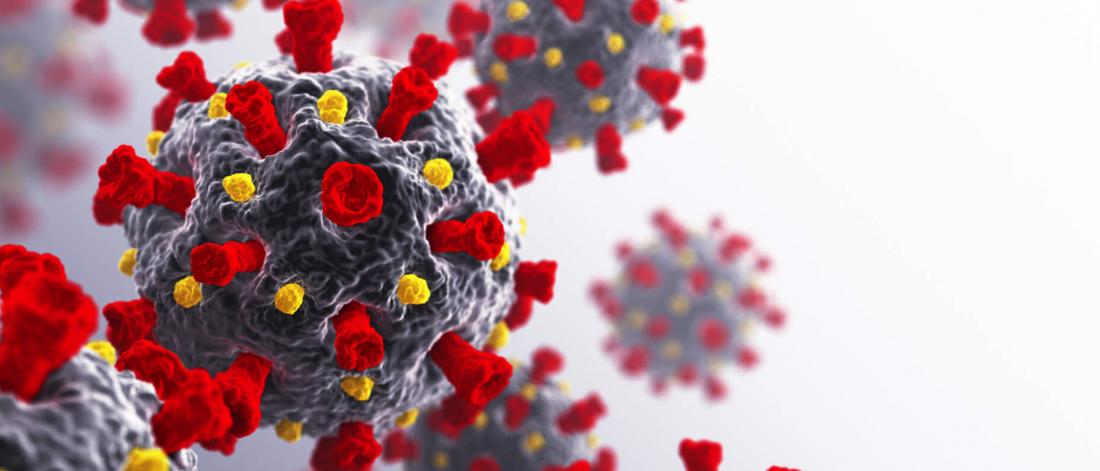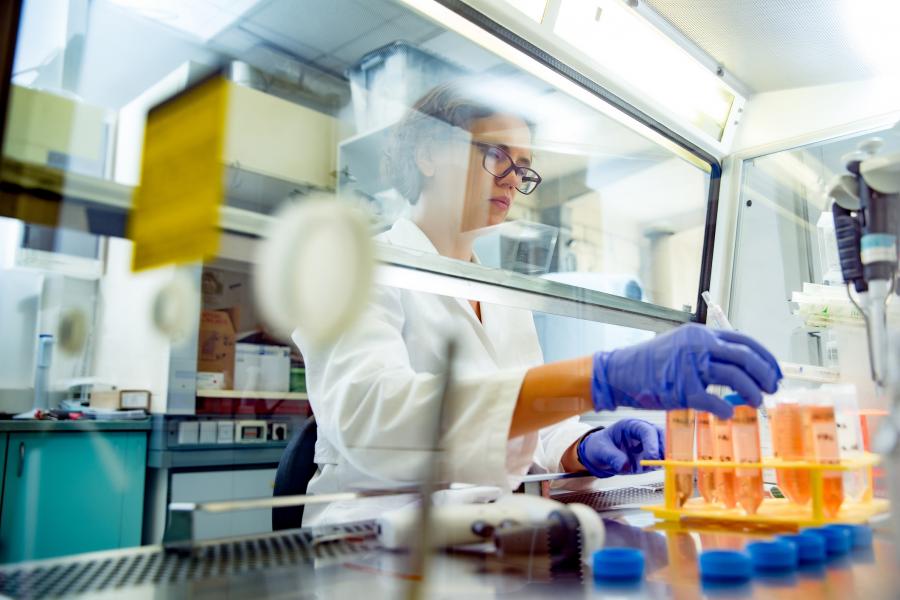Core platform
The Lentiviral Vector Viral Particles Production Core Platform comprises a BSL-2 tissue culture facility and an ultracentrifugation setup, both of which are located on the fourth floor of the Apotex Building. The facility is used for the production of lentiviral vectors, which require specialized knowledge and biosafety protocols to ensure the safety of researchers and the environment.


